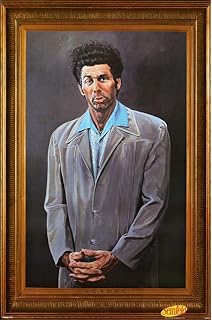Smellyglove
Well-Known Member
- Joined
- May 17, 2013
- Messages
- 2,807
- Reaction score
- 807
Wow Smellyglove now I get why scientists mainly publish successful experiments.
The brulosophers did not invent the triangle test which is clearly an accepted tool in sensory analysis. Yes they make some compromises in design and administration that might be used to throw some question on the results yet I'm not seeing anyone doing it better in our community. I admit I don't see much professional brewing literature but did read a paper today published in a serious journal authored by brewers from Rock Bottom. Compared four different late hop techniques and was pretty interesting. But turns out they brewed the four batches at different breweries, using different ingredients, and apparanlly amazingly different waters. Had a batch with 1200ppm sulfate compared to beers below 100.... And because this is professional brewing and published in a serious presumably peer reviewed journal it must be well done and valid but the homebrewers are done in by failure to randomize AAB to ABA in their sensory test?
I've done the same experiments as the one in the mentioned paper and to me that was pretty "old news". They did not report the temperature for the WP hops though, I feel that's pretty important. Over or under a certain threshold will give you a very noticable difference. The results were on par with my own experiences, but the WP temperature has a lot to say..
I'm a partypooper. I somewhat trust some sources (when I've double/triple/quadruple checked them) and/or tried it out for myself, if it's something I'm able to try in my brewery.
1200PPM of sulfates is A LOT! I dind't see that number in the paper. Wow! What does that even taste like?
But. When you said "scientists mainly publish successful experiments".. Aren't all experiments sucessful? It's about testing something, see what impact it has. If the result is opposite of what you'd want it to be, then I can see that one could call it an "unsuccessfull" experiment, but that's just because the scientist was hoping/expecting a given result, i guess. How can an experiment be unsuccessful?







 Question: If I want more unfermentable sugars is a shorter mash an option? I understand a higher mash temp (156-160f) does this, but it would be good to know.
Question: If I want more unfermentable sugars is a shorter mash an option? I understand a higher mash temp (156-160f) does this, but it would be good to know. 